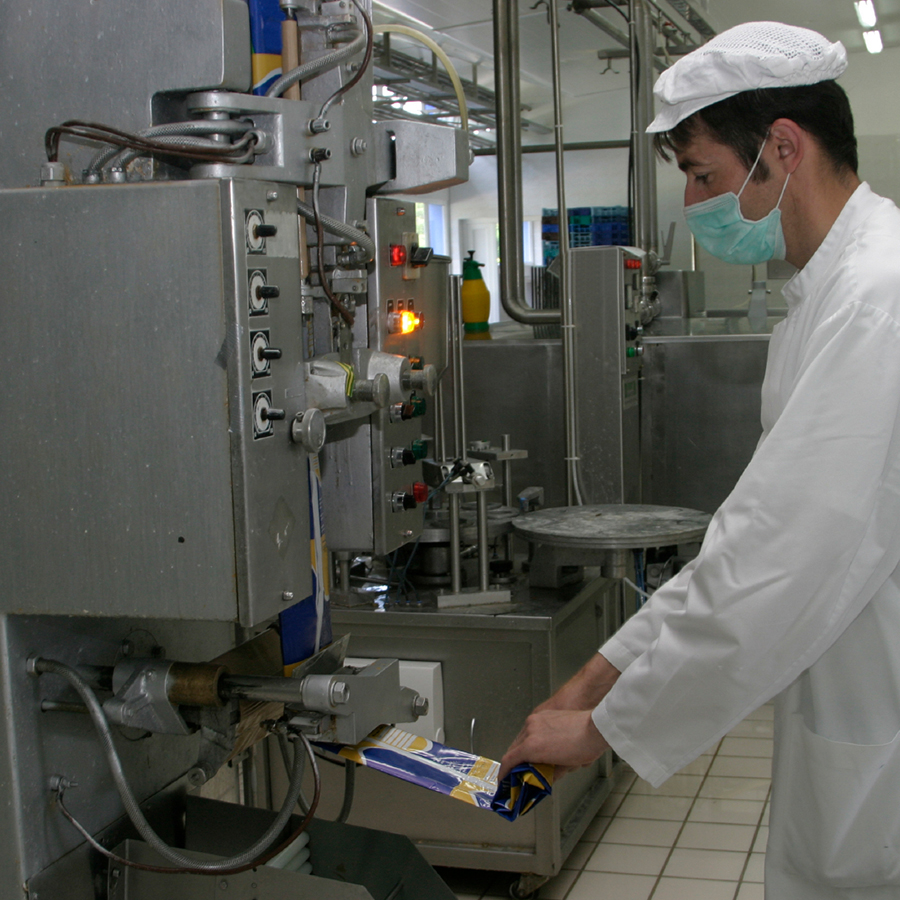Reduce changeover times to boost capacity and save money.
In pharmaceutical manufacturing, it’s not uncommon to spend entire shifts completing changeovers and processing batch records. While investing the time and following processes to do this work correctly is paramount, especially in highly regulated industries where consumer health is on the line, most pharmaceutical manufacturers have significant opportunities to streamline and speed up their changeover and batch-processing paperwork, so they can get back to producing product faster.
We recently worked with one pharmaceutical manufacturer to reduce product changeover times on a major line. In just a few months, the company increased sustainable capacity by 28%, contributing an additional several million dollars to the bottom line while maintaining compliance with all FDA regulations.
Here's how we helped the company achieve these gains. By following these same steps, you can unlock major capacity and profitability gains in your business, too.
- Address the cultural mindset. Pharmaceutical manufacturers often hesitate to alter changeover and batch record processing procedures because of the complexity in their lines and the stringent regulations that govern their work. Following all established procedures and guidelines is obviously key to ensuring the safety and efficacy of the product. However, companies often become so ingrained in doing things one way that a form of tunnel vision emerges. They overlook opportunities to take advantage of efficiencies that can lead to breakthrough performance without compromising or altering the quality of the work.
For example, assuming a manufacturer can produce 100 bottles per minute, even a minor reduction to changeover and batch record processing time can help a company rapidly make a major dent in its backlog. This can lead to a significant competitive advantage when it comes to meeting demand and growing the business.
When manufacturing leaders start to look at changeover reduction and batch record processing with the true potential for the business in mind, it opens their eyes to considering all possibilities for expediting the work. For most companies, significant opportunity exists to do the work within the regulations and guidelines and still accomplish tasks much faster. But decision makers and leaders need to first get into the habit of embracing change. - Go for the biggest gains first. Incremental improvements in changeover times can dramatically increase volume of product, which drops to the bottom line very quickly. To enhance results and achieve the greatest impact, it makes sense to go after high-volume lines first.
We took this approach with our pharmaceutical manufacturing client. Having worked previously with the organisation to improve lead times and cycle times in the lab and then revamp the management system to introduce tiered accountability, the company was eager to keep the momentum going and see where it could improve performance next. We tackled its high-speed, high-volume lines first. Because these lines represent some of the most capital-intensive processes in the plant, the company was invested in making them as efficient as possible.
On one line in particular, the company was spending 12 hours on product changeovers and 4.5 hours on lot-to-lot changeovers. We identified and implemented key changes to drop those times to 6 hours and 1.5 hours respectively. Within three months, the company increased the number of units produced from around 200,000 to more than 750,000 per month and has been able to sustain that increased capacity with no negative impact on product quality. The company is now looking to make similar changeover time reductions on other lines throughout its facility. - Coordinate efforts between departments. Achieving such results while still meeting product requirements and regulations requires multiple departments to work together and often simultaneously. Furthermore, a smooth batch processing operation depends upon the complete preparation of each group to performs its part of the process at the precise time. Identifying and doing whatever can be done in advance to eliminate “dead time” positions the team to work as efficiently as possible and empowers the organisation to apply lean principles like SMED (singe minute exchange of die).
Our pharmaceutical manufacturer brought together seven different departments to establish a fully coordinated schedule for its high-volume line. By tweaking processes and workflows, the company ensured that blending is ready to transfer a fresh batch into a clean tank while the fill and pack line is consuming product from previous batch and laboratory services is providing the test results on the newest bath. Warehousing and inventory production quality control help expedite steps throughout the processes with pre-staged components. And maintenance is standing by ready to immediately start the physical changeover as soon as the current batch is complete.
For this company, careful coordination is key to meeting all established product requirements, regulations, and guidelines, but within a fraction of the previous changeover time-frame. The company has reduced the time needed for product changeovers by half and lot-to-lot changeover times by two-thirds. - Execute batch records in real time. Most pharmaceutical manufacturers not only have opportunities to speed up physical changeover processes; they can also expedite much of the work and many of the steps involved in completing batch records. These critical documents record all steps of the production process and changeover reduction activity and ensure that all quality requirements are met. But the work can take hours during which production is usually put on hold.
However, employees do not need to wait until production of a batch is complete to begin executing the batch record paperwork. We worked with our client’s fill and pack group to get team members in the habit of closing out the old batch record and starting the new batch record while production is in progress. Recordkeeping, material verification, and in-process testing are some of the steps that can be documented in real-time even while the team prepares and plans the record for the next batch.
Implementing these changes alongside the physical changeover reductions streamlined all activities on the production floor both before and after changeovers, dramatically reducing idle labour time. This ultimately created additional capacity with a material margin and labour cost reduction of $3.4 million.
Expediting steps in executing the batch record
- Planning: Production team plans the sequence of production runs and the order of batches to be produced while maximising the number of lots per campaign.
- Recordkeeping: Document all steps in the batch record in real-time, including the cleaning, set up, and calibration of equipment. Prepopulating the next Batch Record with information that is already known.
- Material Verification: Production team verifies materials staged or consumed in the production process before, during and after the changeover reduction activity.
- In-Process Testing: Conduct in- process cheques during production process to ensure product meets all quality standards.
- Verification: Conducted and recorded in real time to ensure changeover reduction activity meets all regulatory and quality requirements.
- Batch Release: Qualified personnel review and approve batch record information after the changeover reduction activity before releasing batch for production.
- Post-Production Record Keeping: Maintain and archive all production process records for future reference.
Attitude and approach are everything when it comes to expediting changeovers and batch record processing.
Ensuring compliance with FDA regulations and other stringent quality requirements in pharmaceutical manufacturing isn’t optional. But that doesn’t mean there’s no room to streamline and expedite your changeover and batch record processing approach. With the right mindset and proper coordination of activities, most companies can realise major capacity gains, competitive advantage, and bottom-line results. It starts with a willingness to look for and embrace the opportunity. From there, the rapid results speak for themselves.
Meet the Expert
Nero Haralalka
Director, US Consulting
Nero Haralalka has extensive experience in lean manufacturing and back office process improvement. He is one of our leading subject matter experts in statistical problem solving.






